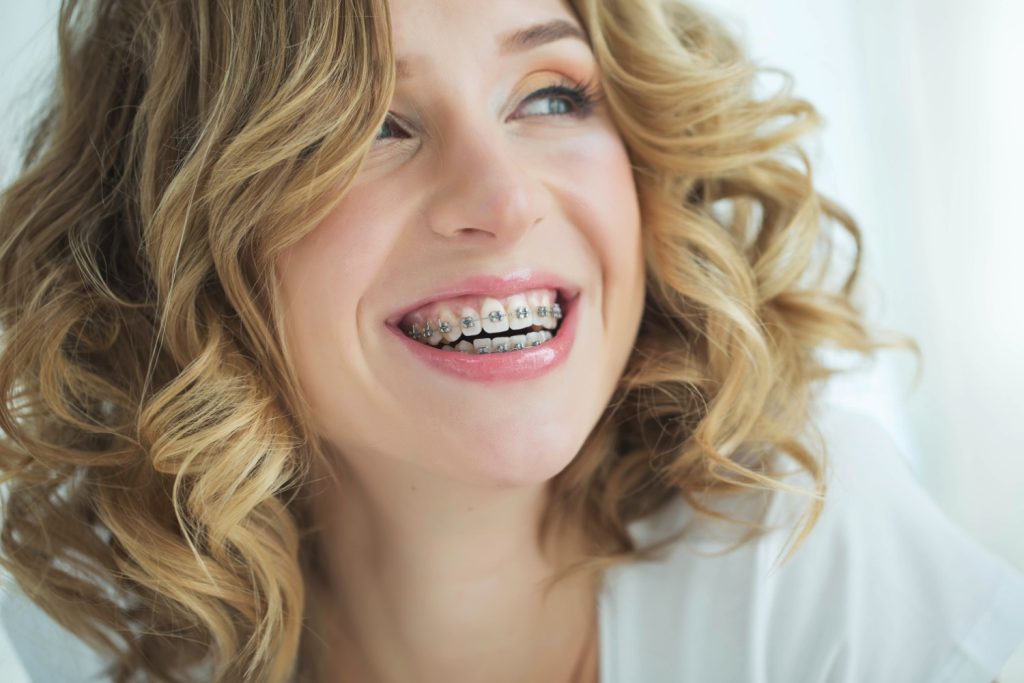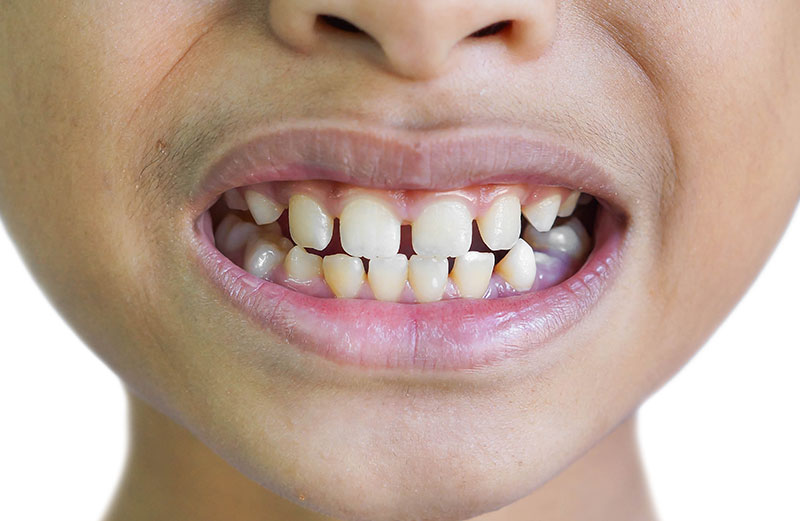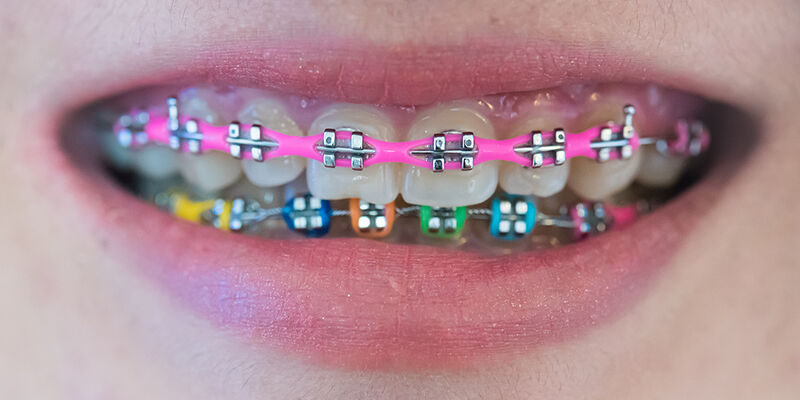teeth gap braces time period

Teeth Gap Braces: How Long Does It Take to Close a Gap with Braces?
If you’ve ever looked in the mirror and noticed a gap between your teeth, you might have wondered about your options for closing it. Whether it’s a small gap between your front teeth or multiple gaps throughout your smile, orthodontic braces are one of the most common and effective solutions. But one of the most frequently asked questions is, “How long does it take to close a gap with braces?” The answer isn’t one-size-fits-all—it depends on several factors. In this comprehensive guide, we’ll dive into everything you need to know about teeth gap braces, the time period involved, and what you can expect during the treatment process.
What Are Teeth Gaps?
Before we explore the time it takes for braces to close gaps, let’s understand what these gaps are and why they occur.
Understanding Teeth Gaps (Diastema)
A gap between teeth, medically known as diastema, is a space or gap between two teeth. This can occur anywhere in the mouth, but it’s most commonly seen between the two upper front teeth. Teeth gaps can vary in size from small, barely noticeable spaces to larger gaps that are more prominent.
Causes of Teeth Gaps
Several factors can contribute to the formation of gaps between teeth:
- Genetics: Often, gaps are hereditary. If your parents or grandparents had gaps, you might have them too.
- Size Discrepancies: When there’s a size discrepancy between your jaw and teeth—either your jaw is too large, or your teeth are too small—gaps can form.
- Habits: Childhood habits such as thumb sucking or tongue thrusting can cause teeth to shift, leading to gaps.
- Gum Disease: Advanced gum disease can cause bone loss, leading to teeth shifting and gaps forming.
- Missing Teeth: If a tooth is missing, the surrounding teeth may shift into the empty space, creating gaps.
- Frenulum Attachment: A tight or large labial frenulum (the tissue that connects the upper lip to the gums) can cause a gap between the front teeth.
Why Close a Teeth Gap?
While some people embrace their teeth gaps as a unique feature of their smile, others may want to close the gap for aesthetic or functional reasons. Closing a gap can improve not just your smile’s appearance but also your bite, speech, and overall dental health.
Braces as a Solution for Teeth Gaps
Braces are one of the most effective orthodontic treatments for closing gaps between teeth. They work by applying continuous pressure over time to move teeth into their correct positions. But how exactly do braces close gaps, and how long does it take?
How Braces Close Teeth Gaps
Braces use brackets and wires to apply pressure to your teeth, gradually shifting them into place. The process of closing a gap involves the following steps:
- Initial Alignment: When you first get braces, the orthodontist will place brackets on your teeth and connect them with a wire. This wire applies gentle pressure to start aligning your teeth.
- Gap Closure: As the treatment progresses, the orthodontist will adjust the wire or add additional appliances (like power chains or springs) specifically designed to close gaps. These tools increase the pressure on the teeth adjacent to the gap, gradually moving them closer together.
- Fine-Tuning: Once the gap is closed, the orthodontist will continue to adjust the braces to ensure your teeth are aligned correctly and that your bite is properly positioned.
Types of Braces for Closing Teeth Gaps
Several types of braces can be used to close gaps between teeth. Your orthodontist will recommend the best option based on your specific needs:
- Traditional Metal Braces: These are the most common type of braces. They use metal brackets and wires to move teeth into place.
- Ceramic Braces: Similar to metal braces, but with tooth-colored or clear brackets that blend in with your teeth, making them less noticeable.
- Lingual Braces: These braces are placed on the backside of your teeth, making them invisible from the front. They work just like traditional braces but are hidden from view.
- Invisalign: A series of clear, removable aligners that gradually move your teeth. Invisalign can be effective for closing smaller gaps, but larger gaps might require traditional braces.
How Long Does It Take for Braces to Close a Gap?
The time it takes for braces to close a gap between teeth can vary widely depending on several factors. While some gaps can close in just a few months, others may take longer. Here’s a breakdown of the factors that influence the time period:
1. Size of the Gap
The size of the gap is one of the most significant factors. Smaller gaps (1-2 mm) can close relatively quickly, sometimes in as little as 4-6 months. Larger gaps, however, can take longer to close—up to 12 months or more.
2. Number of Gaps
If you have multiple gaps between your teeth, it will generally take longer to close them all. The orthodontist must ensure that each gap is closed while maintaining the overall alignment of your teeth, which can extend the treatment time.
3. Type of Braces
The type of braces you choose can also affect the time it takes to close gaps. Traditional metal braces and ceramic braces often close gaps faster than aligners like Invisalign. This is because braces can apply more continuous pressure.
4. Age
Age can play a role in how quickly your teeth move. Younger patients often experience faster results because their jaws are still growing, and their teeth move more easily. However, adults can still achieve excellent results, although it may take slightly longer.
5. Orthodontic Compliance
Your commitment to following your orthodontist’s instructions is crucial. This includes attending all scheduled appointments, wearing rubber bands or other appliances as directed, and maintaining good oral hygiene. Failing to comply can slow down your progress and extend the treatment time.
6. Overall Treatment Plan
Closing gaps is just one part of the overall orthodontic treatment plan. Depending on your specific case, the orthodontist may need to address other issues, such as bite alignment or crowding, which can affect the timeline.
What to Expect During Braces Treatment for Teeth Gaps
Understanding what to expect during your braces treatment can help you prepare for the journey and ensure the best possible outcome.
The Initial Consultation
Your orthodontic journey will begin with a consultation. During this appointment, the orthodontist will evaluate your teeth, take X-rays, and discuss your goals. They’ll then create a personalized treatment plan, which will include an estimated time period for closing any gaps.
Getting Braces
At your next appointment, the orthodontist will apply the braces. This process typically takes about 1-2 hours. You may feel some discomfort or tightness in the first few days as your teeth begin to adjust to the pressure.
Regular Adjustments
Throughout your treatment, you’ll need to visit the orthodontist regularly (usually every 4-6 weeks) for adjustments. During these appointments, the orthodontist will tighten the wires, add new appliances, or make other modifications to continue closing the gap and aligning your teeth.
Progress and Milestones
As you progress through your treatment, you’ll start to see changes in your smile. The gap will gradually close, and your teeth will become more aligned. These milestones are encouraging signs that you’re on the right track.
Retainers
Once the braces are removed, the orthodontist will provide you with a retainer. Wearing a retainer is crucial to maintaining your new smile and ensuring that the gap doesn’t reopen. Retainers are typically worn full-time for a few months, then gradually reduced to nighttime wear.
Tips for a Smooth Braces Experience
Closing a gap with braces is a journey, and there are a few tips you can follow to make the experience as smooth and successful as possible:
1. Stay Committed to Your Treatment Plan
The more committed you are to your orthodontic treatment, the more likely you are to achieve the desired results in the estimated time frame. Attend all your appointments, follow your orthodontist’s instructions, and keep your teeth and braces clean.
2. Be Patient
Orthodontic treatment is a process that takes time. It’s natural to want to see quick results, but it’s important to be patient and trust the process. The end result—a beautiful, gap-free smile—will be worth the wait.
3. Manage Discomfort
It’s normal to experience some discomfort, especially after adjustments. Over-the-counter pain relievers, such as ibuprofen, can help manage this discomfort. Eating soft foods and using orthodontic wax to cover any irritating brackets or wires can also provide relief.
4. Maintain Good Oral Hygiene
Braces can make it more challenging to keep your teeth clean, but it’s essential to maintain good oral hygiene to avoid cavities, gum disease, and other issues. Brush after every meal, floss daily, and consider using an interdental brush or water flosser to clean around your brackets and wires.
5. Protect Your Braces
Be mindful of the foods you eat while you have braces. Avoid hard, sticky, or chewy foods that can damage your brackets and wires. If you play sports, wear a mouthguard to protect your braces and teeth from injury.
The Benefits of Closing Teeth Gaps with Braces
Choosing to close gaps between your teeth with braces offers a variety of benefits beyond just aesthetics. Here’s why investing in orthodontic treatment can be a great decision:
1. Improved Aesthetics
A gap-free smile can boost your confidence and improve your overall appearance. Many people feel more comfortable smiling and interacting socially after closing gaps with braces.
2. Better Oral Health
Gaps between teeth can create spaces where food particles and bacteria can get trapped, leading to plaque buildup, cavities, and gum disease. Closing these gaps can make it easier to keep your teeth clean and reduce your risk of dental problems.
3. Enhanced Bite and Functionality
Braces don’t just close gaps—they also align your bite, ensuring that your teeth come together properly when you chew. This can prevent issues like jaw pain, uneven wear on teeth, and even speech problems.
4. Long-Term Stability
When gaps are closed with braces, and the results are maintained with a retainer, the stability of your teeth improves. This reduces the likelihood of gaps reopening or other alignment issues arising in the future.
Alternative Treatments for Closing Teeth Gaps
While braces are one of the most effective ways to close gaps, they’re not the only option. Depending on the size of the gap, your age, and your overall dental health, other treatments might be available:
1. Invisalign
For those who prefer a more discreet option, Invisalign aligners can be used to close smaller gaps. These clear, removable aligners gradually move your teeth into place without the need for brackets and wires.
2. Dental Bonding
For very small gaps, dental bonding can be a quick and non-invasive solution. During this procedure, a tooth-colored resin is applied to the teeth on either side of the gap, effectively closing it. Bonding is typically completed in one visit and is a good option for those who want immediate results.
3. Veneers
Porcelain veneers can be used to close gaps and improve the appearance of your smile. Veneers are thin, custom-made shells that are bonded to the front of your teeth. This option is often chosen for cosmetic reasons and can provide a beautiful, natural-looking result.
4. Orthodontic Retainers
In some cases, a specialized retainer can be used to close small gaps. This method is less common and usually reserved for minor adjustments or maintenance after braces.
Final Thoughts: Closing Teeth Gaps with Braces
If you’re considering closing a gap between your teeth, braces are a tried-and-true solution that can deliver long-lasting results. While the time it takes to close a gap varies based on factors like the size of the gap, type of braces, and individual response to treatment, the end result—a healthy, beautiful smile—is well worth the commitment.
Whether you’re just beginning your orthodontic journey or you’re already on your way to a gap-free smile, staying informed and working closely with your orthodontist will help you achieve the best possible outcome. Remember, every smile is unique, and with the right care and patience, you’ll be able to enjoy the benefits of a confident, gap-free smile for years to come. So, how long does it take to close a gap with braces? The answer may vary, but the results will last a lifetime!








